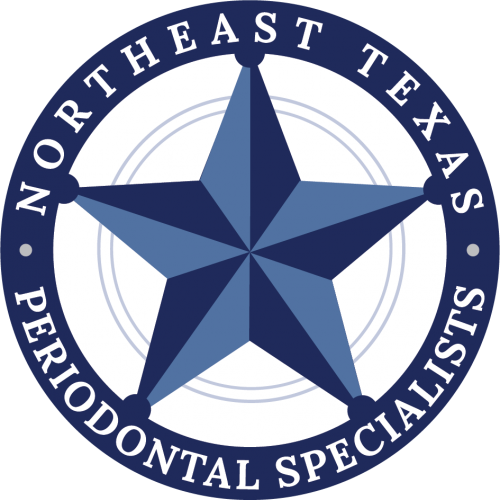Conventional treatment for gum disease usually begins with a deep cleaning, called scaling and root planing, to remove bacterial plaque, tartar, and calculus from the tooth roots. Since the harmful substance is underneath the gum line, your dentist is not able to visualize the root surfaces during cleaning. This is one reason advanced stages of gum disease might often require gum surgery.
What is Perioscopy?
Perioscopy is a procedure that introduces the use of a miniature camera with advanced lighting and magnification, to now visualize and successfully treat specific areas below the gum line non-surgically. This miniature camera and fiber optic light source is called a perioscope. The perioscope allows your dentist and hygienist the opportunity to see the surface of the root now actually, while the tooth is being cleaned. This technology can also allow the visualization and magnification of other tooth issues such as decay, abnormalities or fractures that have occurred beneath the gum line.
What are the Benefits of using a Perioscope?
The perioscope allows your dentist or hygienist to accurately see and successfully and effectively treat periodontal and other dental conditions, which could otherwise go undetected. The perioscope is a terrific new tool in the preservation of your teeth and in the continuous struggle against periodontal or gum disease. Using the perioscope is actually more conservative and less invasive than traditional treatment options. It has also been proven to be significantly more successful than traditional scaling procedures. Your dental team has evaluated thousands of diseased gum pockets and treated them with both traditional scaling or with a perioscope.
Diseased pockets of greater than 5 millimeters where reduced to healthy margins with both approaches. The use of the perioscope increases the percentage of healthy, successful results. More advanced cases will show more predictable results. Studies have shown an astonishing reduction in the number of sites with residual infection, when the perioscope is used compared to conventional non-surgical treatment.
How Long Does Perioscopy Take?
Because of the intricate and delicate nature of using a perioscope, the procedure tends to take a bit longer than a standard appointment. Depending upon the extent of the tartar and calculus and location of the teeth being cared for, treatment will usually take two hours for half of the mouth.
Gum surgery is both an effective and frequently used treatment if you have advanced periodontal disease. If you do require surgery, your dental team will provide this treatment for you as skillfully and as gently as possible. By introducing a perioscope it will reduce or eliminate the need for surgery, in many cases. Your dentist will discuss your treatment options with you, to develop an approach that best suits your individual needs.
Are You a Candidate for Perioscopy
If you have gum pockets or gaps of 5 millimeters or deeper, then you are a candidate for a deep cleaning and a perioscope. The goal of using the perioscope is to get a tooth root exceptionally clean, so that your gums and surrounding tissues will return to their proper health. It is especially effective in the aesthetic zone, which includes those teeth that you see when you smile.

